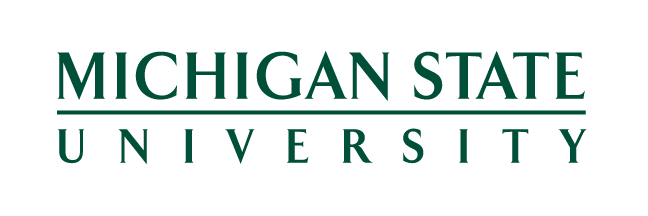Katharine Strunk
Director EPIC, Michigan State University
Jason Burns
Affiliated Faculty EPIC, Seton Hall University
Chris Torres
Affiliated Faculty EPIC, Michigan State University
Aliyah Mcilwain
Research Assistant EPIC, Michigan State University
Sandy Frost Waldron
Research Assistant EPIC, Michigan State University
Erica Harbatkin
Post-Doctoral Researcher EPIC, Michigan State University
A Research Report from EPIC
Partnership Turnaround:
Year Two Report
October 2020
This is the second of four annual reports that will be released as part of our multi-year evaluation of the implementation and efficacy of Michigan’s Partnership Model of school and district turnaround. The Partnership Model aims to build district capacity to improve outcomes in chronically low-performing schools and districts by fostering a coalition of partners from the Michigan Department of Education (MDE), Intermediate School Districts (ISDs), and local communities.
The purpose of this report is to provide an update on the implementation of the Partnership Model in the third year of the reform (2019-20) and to assess the efficacy of the reform in improving teacher and student outcomes by the end of the second year of the reform (2018-19). To do so, we use an event study design that leverages longitudinal data on students and educators throughout the state, combined with analysis of data from Partnership teacher and principal surveys, interviews with Partnership leaders, and case studies of three Partnership districts. This
multi-method approach allowed us to answer questions not only about the impact of the reform, but also how the model was implemented, how educators perceived implementation, and how and why implementation varied depending on different contexts.
KEY FINDINGS INCLUDE:
- After an initial year of student achievement growth in Cohort 1, progress was evident but uneven
- Partnership did not significantly affect on-time high school graduation, high school drop-out, or grade retention in either Cohort
- Human capital continued to be a formidable challenge, though leaders were optimistic that their Efforts to Recruit and retain highly effective educators were beginning to pay off
- Partnership schools focused on several areas of school operations to improve student and school outcomes
- The Partnership Model’s strategic planning process provided a useful framework for school improvement
Results suggest that student achievement growth in Partnership schools was evident, although uneven across outcomes and cohorts. Partnership did not significantly affect on-time high school graduation, high school drop-out, or grade retention in either reform cohort. Detroit Public Schools Community District (DPSCD), the school district with the largest number of Partnership schools, experienced continued dramatic decreases in high school drop-out rates beginning in the first year and continuing into the second year of implementation in Cohort 1 schools.
Human capital continued to be a formidable challenge in Partnership schools and districts, though leaders were optimistic that their efforts to recruit and retain highly effective educators were beginning to pay off. We also found that Partnership schools focused on several areas of school operations to improve student and school outcomes and the Partnership Model’s strategic planning process provided a useful framework for school improvement.




